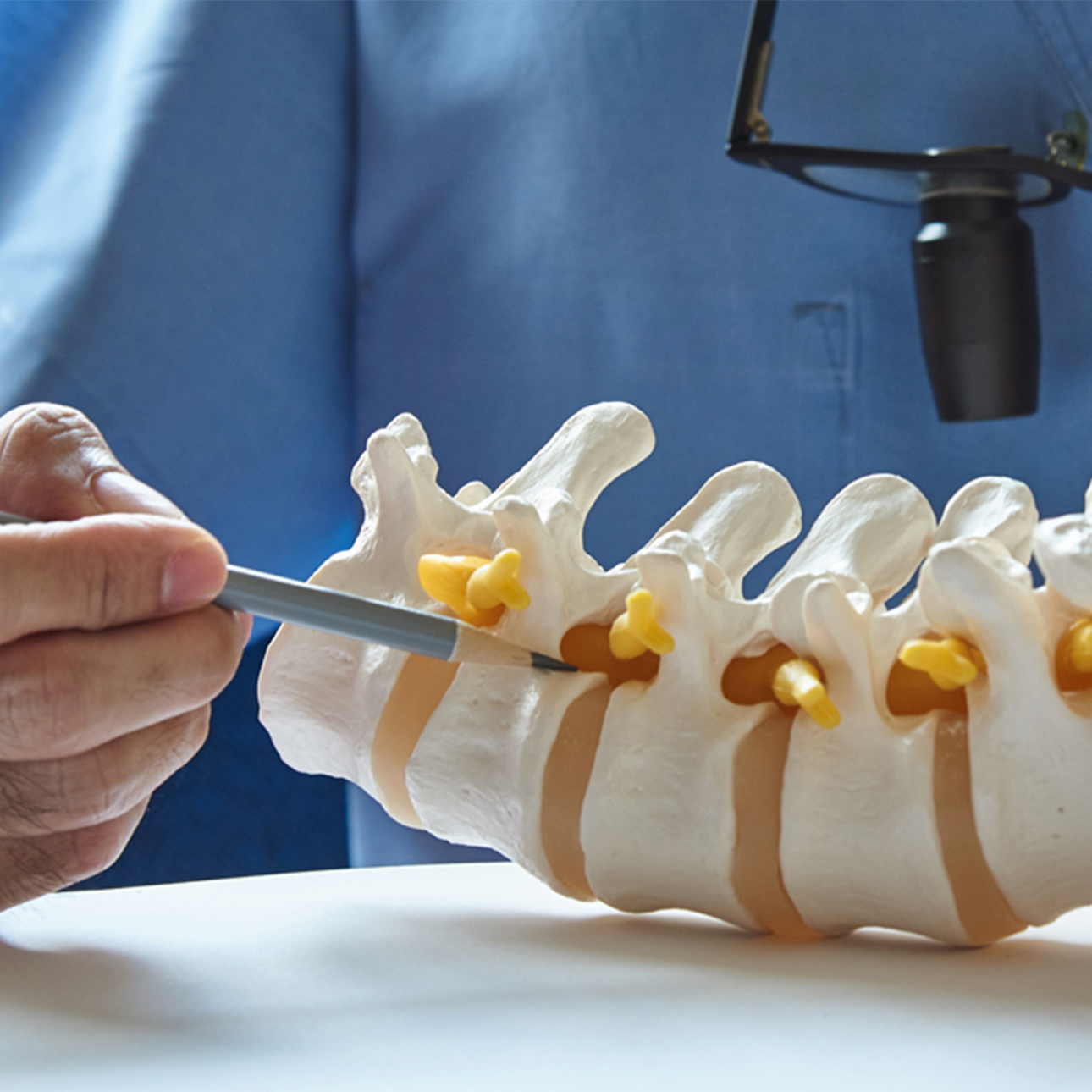Operations Used to Treat Stenosis
Anterior Cervical Discectomy and Fusion A small incision in the front of the neck is used to access the upper spine. The ruptured or herniated disc is removed and replaced with a small bone plug, which eventually grows to connect the two adjacent vertebrae.
Cervical Corpectomy Part of the vertebra and discs are removed and replaced with a bone graft or a metal plate and screws to support the spine.
Decompressive Laminectory The roof of the vertebrae, called the lamina, is surgically removed. The procedure also may include removing part of the disc or fusing the vertebrae (spinal fusion).
Foramenotomy The area where nerve roots leave the spinal canal, called the foramen, is removed. This procedure can be performed using a minimally invasive approach with an endoscope, an instrument that allows the surgeon to see inside the body through a tiny incision. The surgeon can then use other tiny incisions to perform the surgery, avoiding the discomfort and muscle atrophy associated with the traditional open technique that uses a large incision.
Laminoplasty The compressive bone in the back of the neck is gently lifted off of the spinal cord creating a new "roof" over the spinal cord and nerve roots. This procedure effectively decompresses the spinal cord over multiple segments without the need for fusion or hardware. It also minimizes the chance of spinal instability or deformity that may result from the traditional laminectomy procedure.
Laminotomy Only a small portion of the lamina is removed.
Medial Facetectomy Part of the bone structure in the spinal canal, called the facet, is removed.
Cervical Disc Replacement A new technology that will be undergoing clinical trials at UCSF Medical Center. Instead of fusing the affected area, the natural disc material is replaced with a metal and plastic prosthesis that maintains or restores the motion segment. This will hopefully prevent degeneration of the next disc level.







